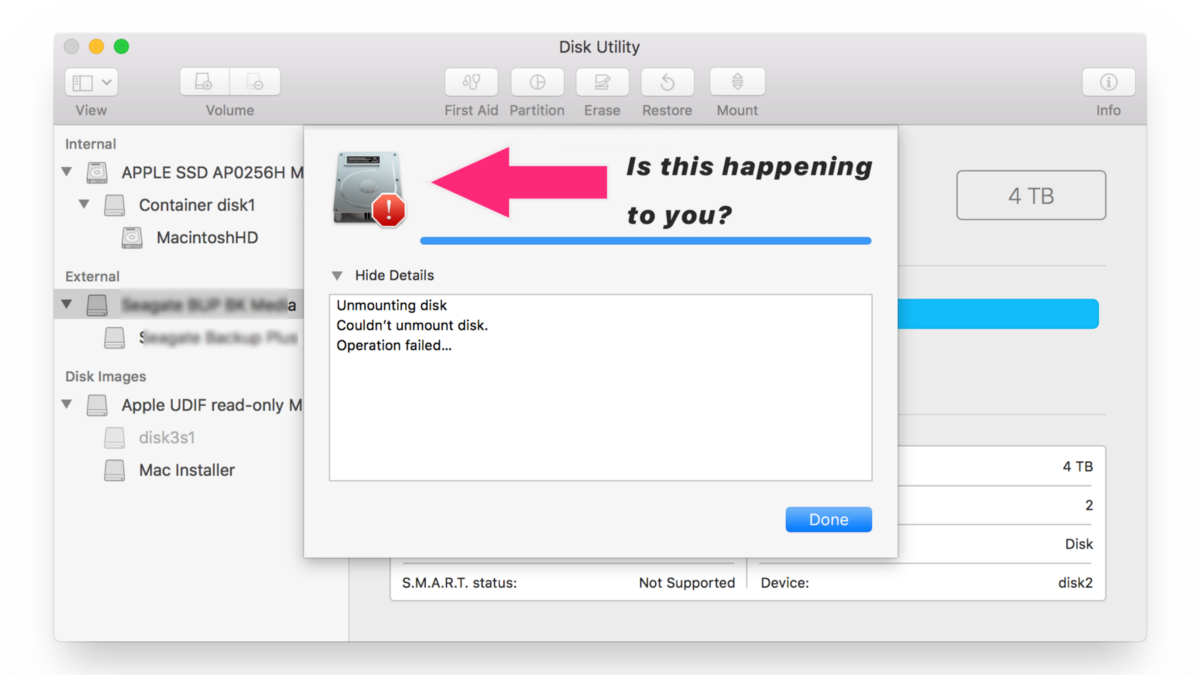
Ultrawide monitors: Ultrawide monitors are usually 21:9 display panels with extra width in comparison to their heights. They are often least expensive and often of lower resolution in comparison to other monitors. They are designed for day-to-day use like word processing. Standard monitors: Standard monitors are consumer-grade functional monitors ranging from roughly 24 to 30 inches displays.

So it is very important to know and understand the exact monitor that suits your needs.

Flexibility and portability: You can enjoy the flexibility and portability of using your laptop and your monitor at the same.Ĭomputer monitors come in different sizes, shapes and specifications.Multitasking capabilities: With access to both your laptop and a monitor, you are able to do multiple tasks at the same time like having a video conferencing call and responding to emails.Enhanced visual experience: Whether it gaming, stock trading or a simple task as typing, the use of a monitor is guaranteed to give you an immersive higher display resolution and better eye care.The increased screen real estate allows you to achieve several tasks in shorter time intervals Improved productivity: Use of a monitor can help boost your productivity by up to 42%.It saves you neck strain and also back strain

Better ergonomics: With this set up, you don’t have to bend uncomfortably to use your laptop when you can get a better seating posture and a wider eye view from a monitor.Increased screen real estate: By connecting your laptop with an external monitor, you get access to a wider screen real estate without having to move your files.There are several benefits to using an external monitor with your laptop. Let’s begin!īenefits of Using an External Monitor with A Laptop How do you gain access to the files and applications through your monitors without having to keep your laptop open and saving yourself some desk space? Whether you are a Windows 10 or 11 user or a Mac user, this article would help you answer these questions and more. This begs the question “how do you close your laptop and use a monitor?”. By default, your computer goes to sleep or hibernates when you close the lid. While the portability, ease of mobility and that person touch that a laptop brings cannot be ignored, the fact still remains that many of us would rather have the flexibility to switch from a laptop to a desktop at will.

The sale of monitors have skyrocketed this past decades, reaffirming the need for more screen real estate for productive professionals and even recreational activities.


 0 kommentar(er)
0 kommentar(er)
